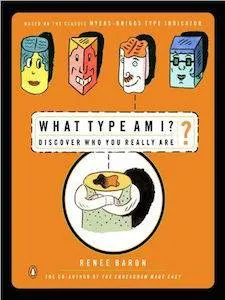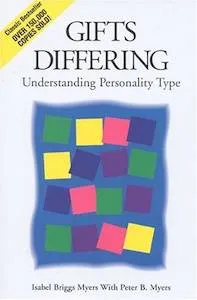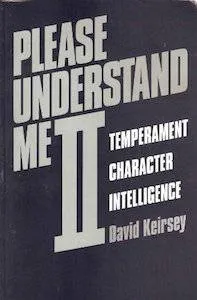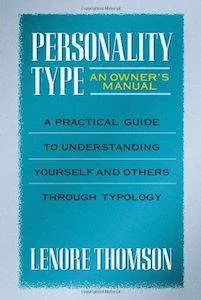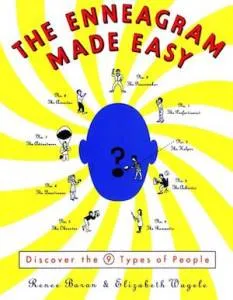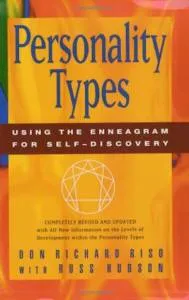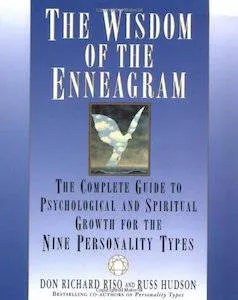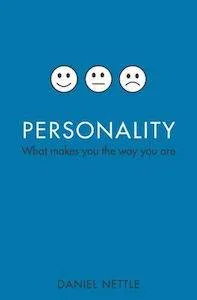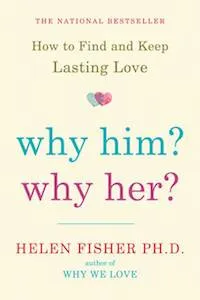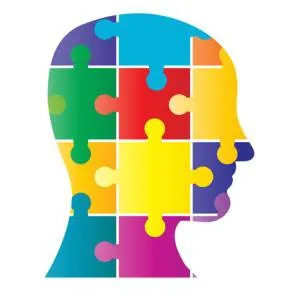
10 Enlightening Books On Personality Types
This content contains affiliate links. When you buy through these links, we may earn an affiliate commission.
Everyone and their cousin is talking about personality theory on Tumblr and Pinterest, which is why it’s easy to write it off as just another pop psychology fad. While learning personality theory certainly isn’t for everyone, many individuals, businesses, and communities have benefited greatly from exploring this approach to understanding themselves and the people around them. If you think you’re one of those people, here are ten excellent books on personality types that give a broad overview of some of the most popular personality theories.
At 171 pages long, this is an excellent introduction the basics of Myers-Briggs theory. It’s simple and easy to understand, and might give you a better idea of whether or not you want to delve deeper into Myers-Briggs study.
The original Myers-Briggs manual, this book gives a detailed outline of the theory (both the four letters and the cognitive functions behind them) and explains how a person’s type impacts them and others around them at home, work, and in romance.
Keirsey took the Myers-Briggs theory and categorized the personality types into four groups of four–the Guardians (ISTJ, ESTJ, ESFJ, and ISFJ), the Artisans (ISFP, ESFP, ESTP, and ISTP), the Idealists (INFP, ENFP, ENFJ, and INFJ), and the Rationals (INTJ, ENTJ, ENTP, and INTP). Keirsey’s theory focuses heavily on type behavior, whereas Myers-Briggs delves a little bit deeper into why people of a certain personality type behave a certain way.
If Keirsey examines behavior and Myers-Briggs reveals some of the mindset behind the behavior, this lengthy exploration of the cognitive functions delves even deeper into the core ways that each type absorbs information, forms patterns, and communicates with the outside world. To explain the cognitive function theory, there are eight functions and each personality type consists of four functions in a specific order, known as a stack. A stack will contain Extroverted Intuition (Ne) or Introverted Intuition (Ni), Extroverted Sensing (Se) or Introverted Sensing (Si), Extroverted Feeling (Fe) or Introverted Feeling (Fi), and Extroverted Thinking (Te) or Introverted Thinking (Ti). For example, the ENFP’s function stack is Ne, Fi, Te, Si. Remember when scientists discovered a second layer of information embedded in DNA? Discovering the cognitive functions is a lot like that. The four letters give you a ton of information, but the cognitive functions bring everything to a whole new level.
This is an easily digestible, very basic introduction to the Enneagram and a good place for most people to start. I will add a caveat: for some a simple introduction to such a complex typing system is not enough and can seem reductionist, so use discretion. Also, identifying your Enneagram type is often much more difficult than identifying your Myers-Briggs type, so I recommend taking the official Riso-Hudson Enneagram Type Indicator instead of the one in this book.
At over five hundred pages, this is one of the most in-depth books on the Enneagram. It explains what each type looks like at various levels of emotional health and explores all the nuances of the Enneagram, including wings (secondary personality types).
While Personality Types provides an in-depth exploration of the nine types, this book explains how that information can be used to further psychological and spiritual growth in the individual. This book also includes an accurate version of the type indicator.
This book provides a solid overview of the Big Five theory and contains the Newcastle Personality Assessor to help you determine where you fall on the scale of each of the five traits.
Helen Fisher, a biological anthropologist, developed the theory that there are four core personality types determined by the brain’s exposure to certain hormones and neurotransmitters in utero. Explorers are driven by dopamine, Negotiators by estrogen, Directors by testosterone, and Builders by serotonin. This book focuses on how understanding this typology system can impact love and romance, but it extends beyond that as well. Chapters four through seven contain descriptions of each type. You can take the assessment in the book or online here.
Stephen Kosslyn, a former psychology professor at both Harvard and Stanford, dismantles the outmoded left brain/right brain theory and posits that a more accurate way of dividing the brain is top and bottom. Similarly to Helen Fisher, he then used that understanding to come up with four cognitive modes–Mover Mode, Perceiver Mode, Stimulator Mode, and Adaptor Mode–and posits that your dominant cognitive mode is a result of how the top and bottom parts of your brain interact. You can take the test here.
